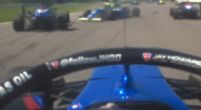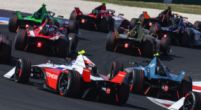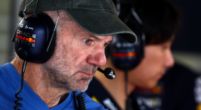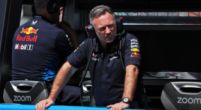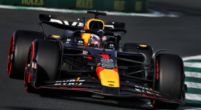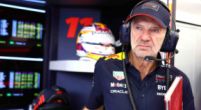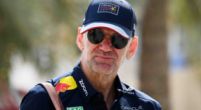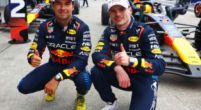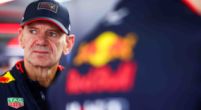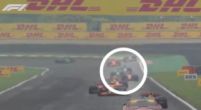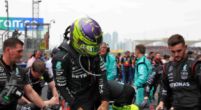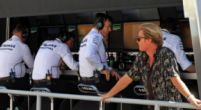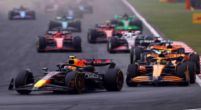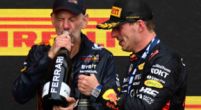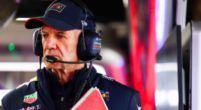Tech
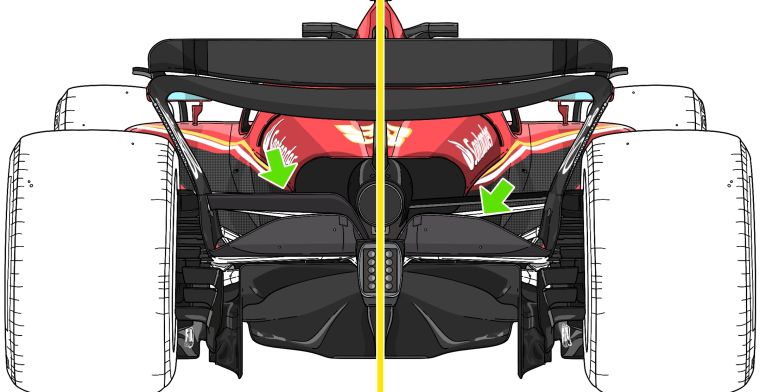
Tech Analysis | Why Sainz victory wasn't only a "lucky shot"
After the first two weekends of the year dominated by Red Bull and Max Verstappen, the Australian Grand Prix offered a different scenario which was clear from Friday. Red Bull seemed to be more in trouble than usual, while Ferrari’s SF-24 was extremely quick from FP1, giving fans hope to see a different race on Sunday than a usual Verstappen domination. Sainz’s pace was very fast, and without Verstappen's retirement, he would have certainly fought for the victory. This is why Sainz's win wasn't a one-off lucky shot, and Verstappen must be concerned.
Ferrari with the best set-up
Since Friday morning, Ferrari proved to have done an excellent job in simulations and data analysis for the Australian Grand Prix. The SF-24 showed the best compromise among all the top teams on track: the car generated high downforce in all fast corners, a ‘good’ top speed and, especially, high mechanical grip in the last sector.
The team made a set of good decisions to suit the car to both drivers’ driving styles. First of all, they stiffened the front suspension to make the front axle more reactive in all the slow hairpins (when an axle is stiffer than the other, the majority of the mechanical load is transferred on it), improving the car’s behaviour in the last sector. However, we already saw that Ferrari’s Achilles heel has been at the rear this year, as they suffered from a lack of rear grip in Bahrain especially.
To tackle this problem, they decided to use the same rear wing spec as the first two races of the year to balance the vertical load generated from the front of the car. This reduced rear sliding in fast and slow corners and improved traction and stability at high speed. The Venturi channels generated a high level of downforce: despite the bumpy surface, the SF-24 was run at a quite low ride height without showing any bouncing or porpoising.
A crucial step in the weekend was made on Saturday FP3: Ferrari’s engineers decided to adopt the one-element beam wing (right part of the drawing below) to slightly reduce drag in the long straights, matching Red Bull’s top speeds in the second sector without compromising the whole balance of the car. Moreover, conscious of the higher temperatures expected for the race on Sunday, they chose to slightly shift the balance to the rear end of the car. Higher asphalt temperatures would have meant higher rear tyres degradation due to all the traction zones in the first and last sector, while the front tyres would have been easier to ‘wake’.

These solutions made the car extremely strong not only in the qualifying simulations but especially in the race ones: thanks to the high level of downforce and the great mechanical grip, the SF-24 was able to generate enough temperature both on the front axle and the rear axle to prevent graining, thus being the quickest during the race on Sunday. On the other hand, Leclerc suffered more than Sainz with the “neutral” balance of the car, as he is known to prefer a sharp front-end. However, as he confirmed after the race, the car was fast. It’s only a matter of time before they can fight Red Bull on equal terms: “I will say that from FP1, we knew that the pole position and the race win were possible because we had very good tyre degradation, very good pace and that is a very encouraging sign.”
After the race, everybody asked: Could Ferrari have won the race without Max’s DNF? Sergio Perez answered in the usual post-race interview: “We didn't have the pace throughout the weekend. We were struggling already from Friday. And we never got on top of the tyre management.”
This sentence proves that Ferrari did a stellar job in Melbourne and that Red Bull’s Max Verstappen would probably not have dominated last Sunday. He would have had to deal with an attacking Sainz to get the victory.
So, what to expect next?
After this incredible Ferrari performance, what should we expect from the next races? Suzuka will be the “final exam”, as it’s a circuit that tests all the fundamentals of a single-seater. Ferrari has certainly shown massive progress compared to last year, improving their weaknesses and closing the gap with Red Bull. The SF-24 is a good basis to develop throughout the season, as it produces a very good amount of downforce generated by the bodywork and floor, has a good efficiency despite the higher downforce set-up and, last but not least, its neutral balance and stable platform make it a drivable car for the drivers. Despite all these good elements, Red Bull still seem a step above, especially in the tyre management during the race, not in terms of degradation, but can produce quicker times over the lap.

As a consequence, if Ferrari can confirm their performance and be right behind Red Bull in Japan, they might get closer during the season with a series of upgrades to make the SF-24 race pace even quicker. If this happens, the Constructors’ Championship won’t be a faraway dream for the Italian team, which has proved to be prepared to seize any opportunity, converting every opponent's debacle into victory.


